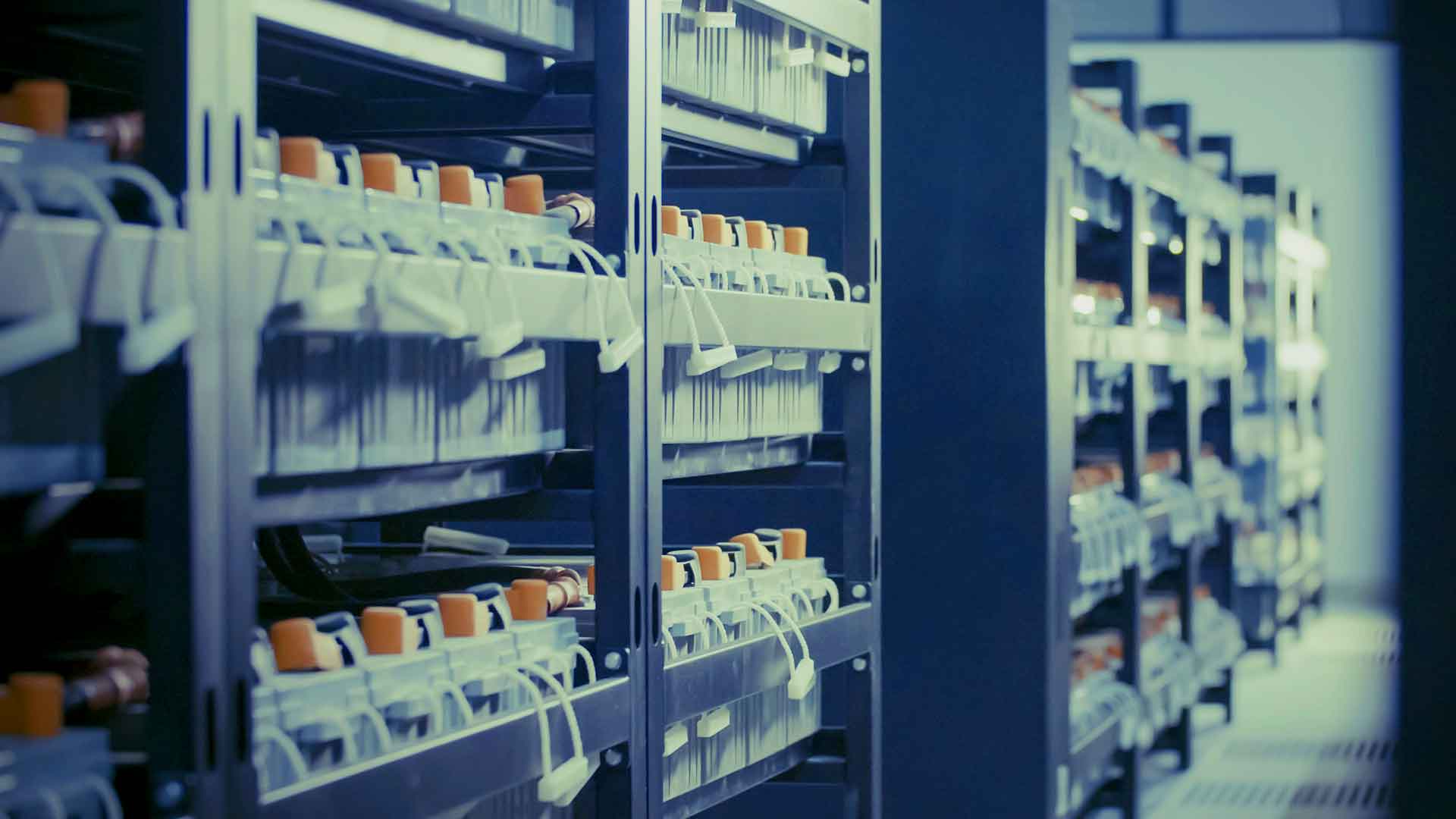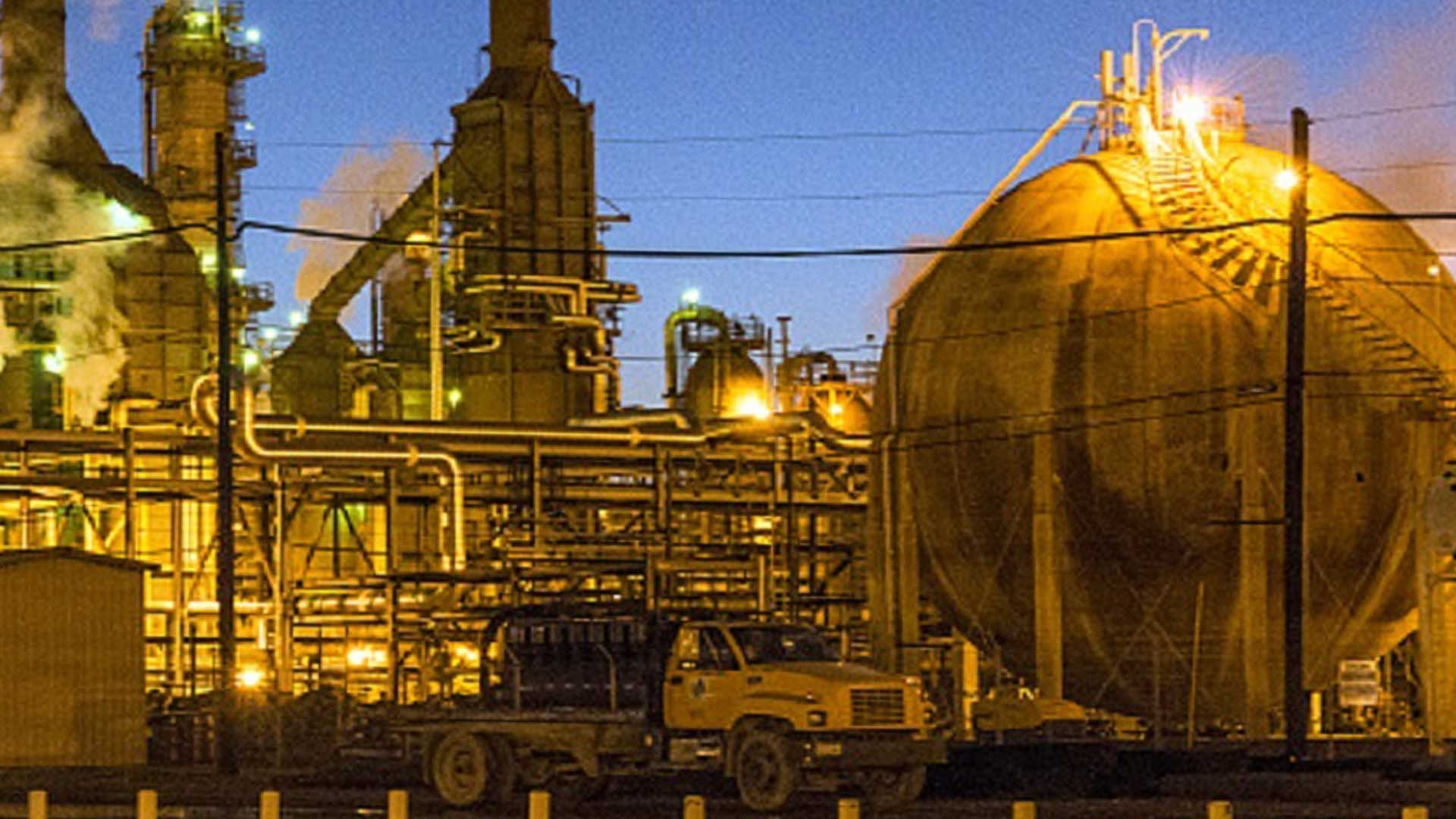Safe, Reliable, and Efficient Cooling for Battery Containers
When batteries charge and discharge, they release enormous amounts of heat that must be dissipated to keep the system operational and maintain the service life of the batteries. Many factors, have led an increasing number of businesses to call on Specific Systems to provide wall mounted HVAC systems for battery rooms and energy storage systems.
When high sensible heat loads from batteries combine with limited wall space to cause problems, Specific Systems has your solution. Our systems are designed to fit on ISO containers to provide wall mounted cooling without the need for extensive roof bracing like some commercial systems. Our systems are also designed to operate best in unmanned buildings with features to simplify maintenance and improve reliability.
Key Features & Benefits for Cooling Energy Storage Facilities

Airflow and Ventilation
Maintaining Proper Temperature and Airflow is key to Battery Longevity
- Two-stages of cooling allows for more precise cooling as well as a 50% refrigeration backup in the event of a leak or component failure
- Auxiliary fans available for additional airflow or to serve as a backup blower
- Available variable speed fans and economizers for energy efficient cooling

Controls Options
Humidity Control Combined with Multiple System Lead-Lag Functionality
- Two types of humidity control available to meet your application requirements
- Lead lag controls reduce wear on mechanical components
- Remote monitoring or control available via alarm outputs or full PLC-based controls

Explosion Proof Options
Quick Removal of Lead-Acid Hydrogen Off-gas with Air Quality Monitoring
- Combustible and toxic gas monitoring available with auto purge/ventiliation
- Improved maintenance and spare parts availability
- Fully CSA certified to UL 1995 (general purpose) and 1203 (hazloc) standards
- UL 508A Listed electrical panels for safety
Containerized Energy Storage Systems
For several years, businesses, large and small, have relied on batteries to serve as backups on individual computers, with uptime on critical servers during power losses handled by large in-house generators requiring fossil fuels. But as battery technology advances, a greater number of large facilities are looking at turnkey battery power systems to supplement and regulate their energy needs.
Further, power generation companies are finding new uses for the existing infrastructure on decommissioned facilities by installing high capacity containerized energy storage systems (ESS). Wind energy is also being stored in ESS, with new sites being added annually.
Typically, ESS are manufactured from ISO containers because the containers are inexpensive, have short lead times, and have capabilities for standardization and modular expansion across multiple containers.
As is the case with most industries, the technology is shrinking. However, as the systems get smaller, heat loads tend to increase. In fact, sodium sulfur (NaS) batteries can reach between 300° and 350°C during operation. Though newer technologies are being developed to bring those temperatures down, the lower temperatures are still close to 100°C.
UPS Battery Rooms
Some battery technologies, particularly lead acid batteries such as those used in uninterruptible power supply (UPS) systems, can release flammable levels of hydrogen during operation. Containers housing these types of batteries need specialized explosion proof fans and HVAC for cooling, to avoid chances for a damaging and potentially fatal explosion.




